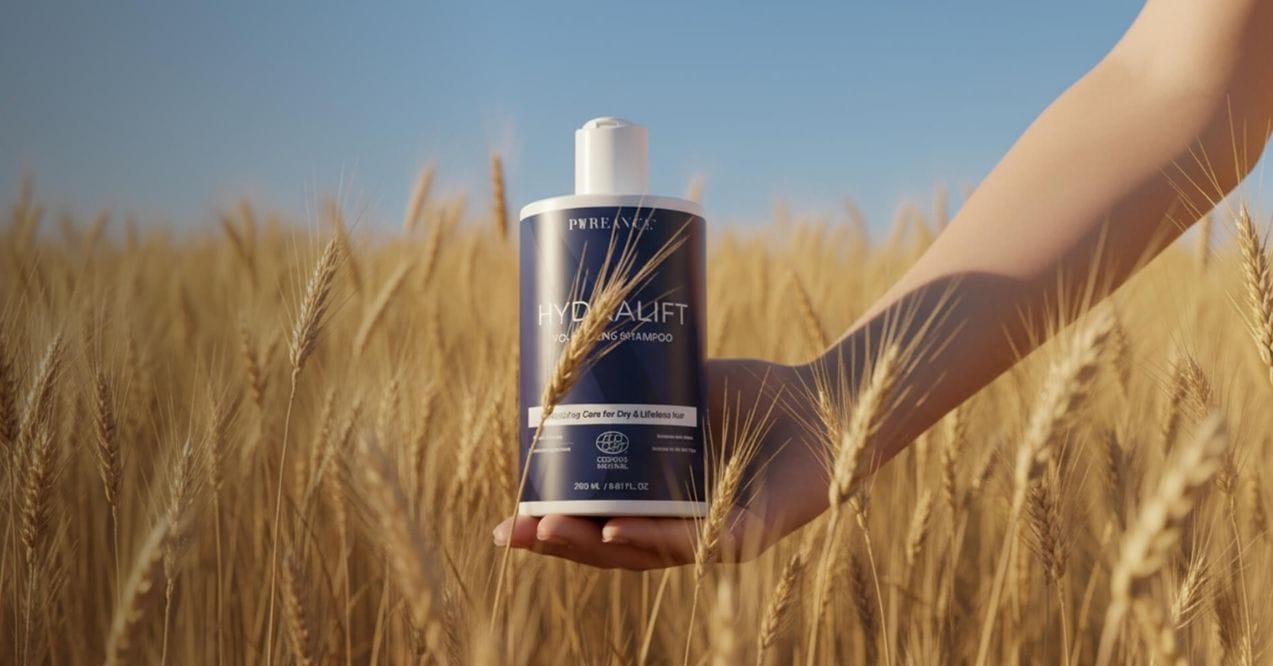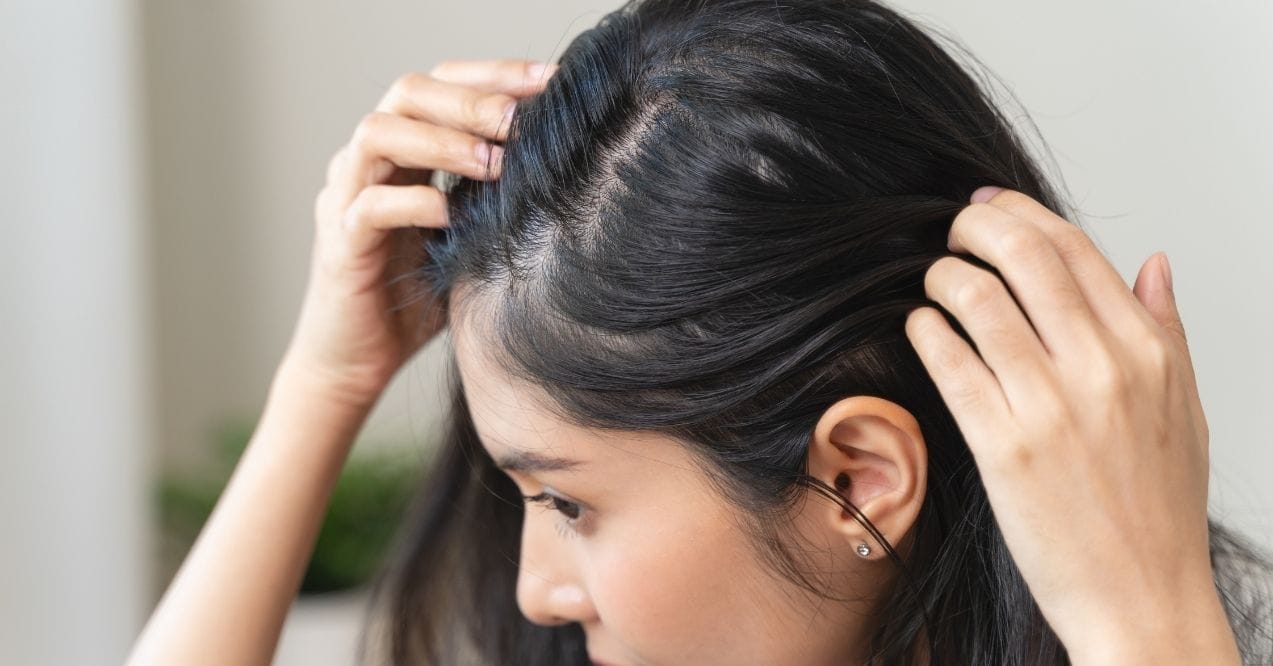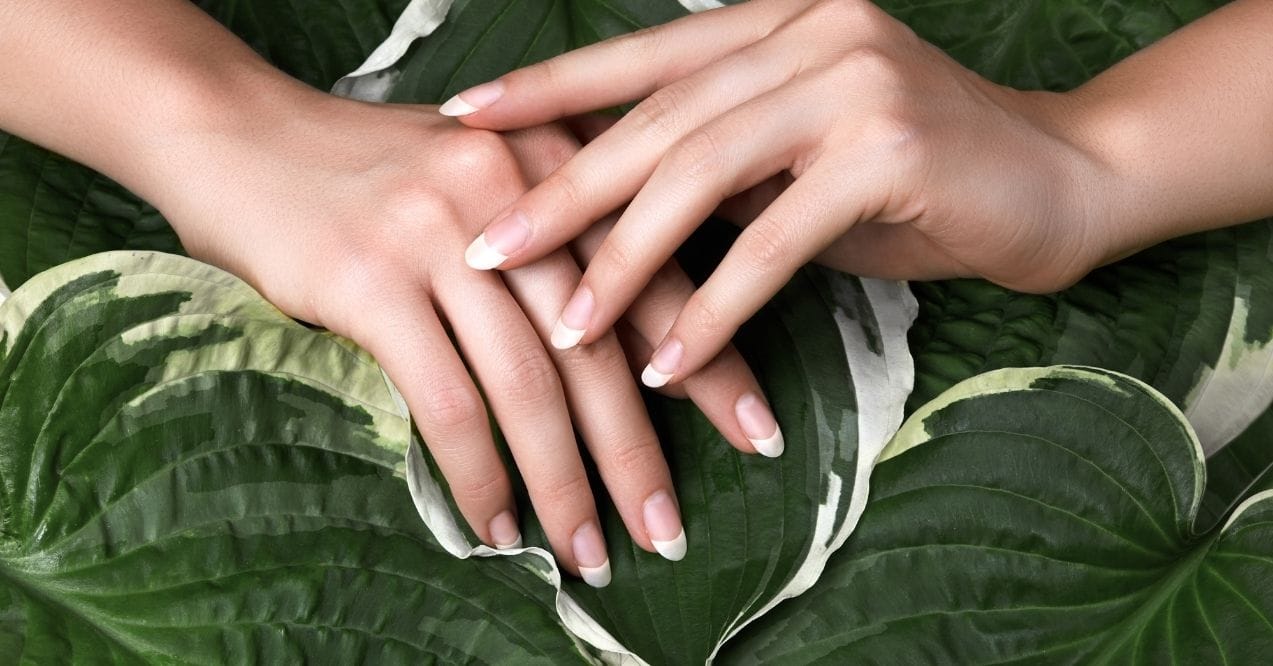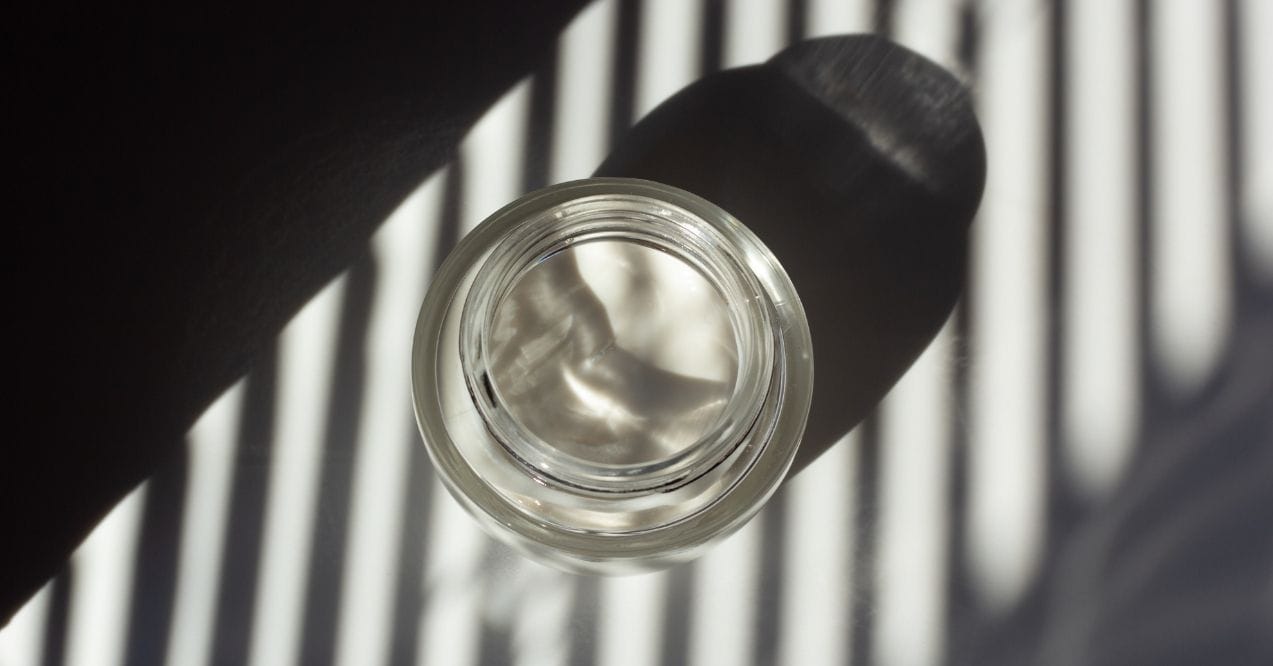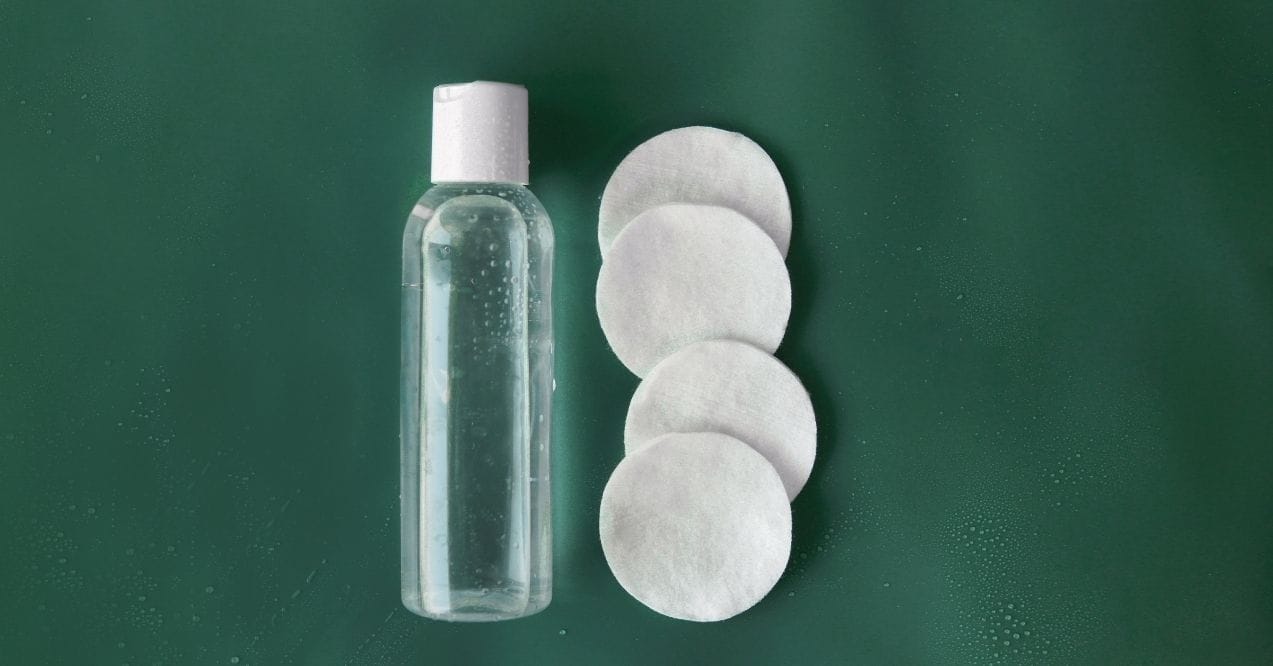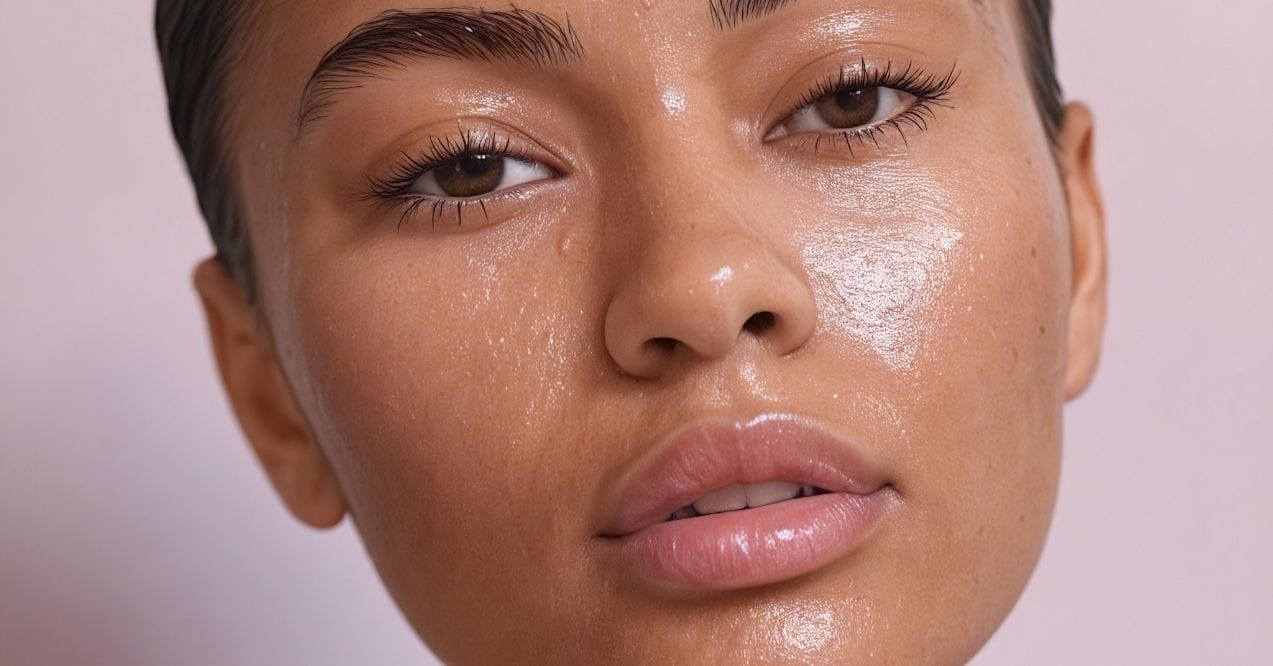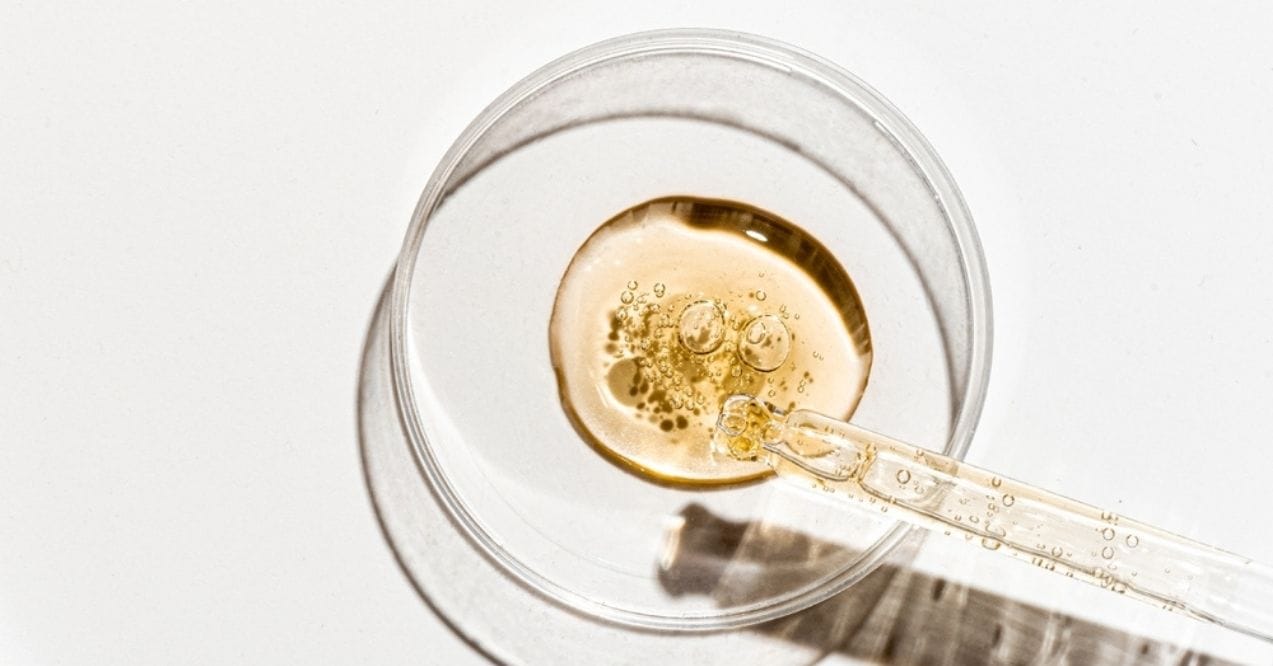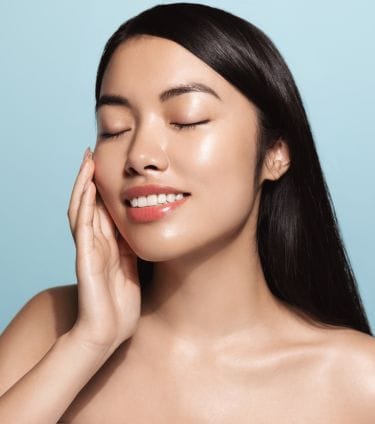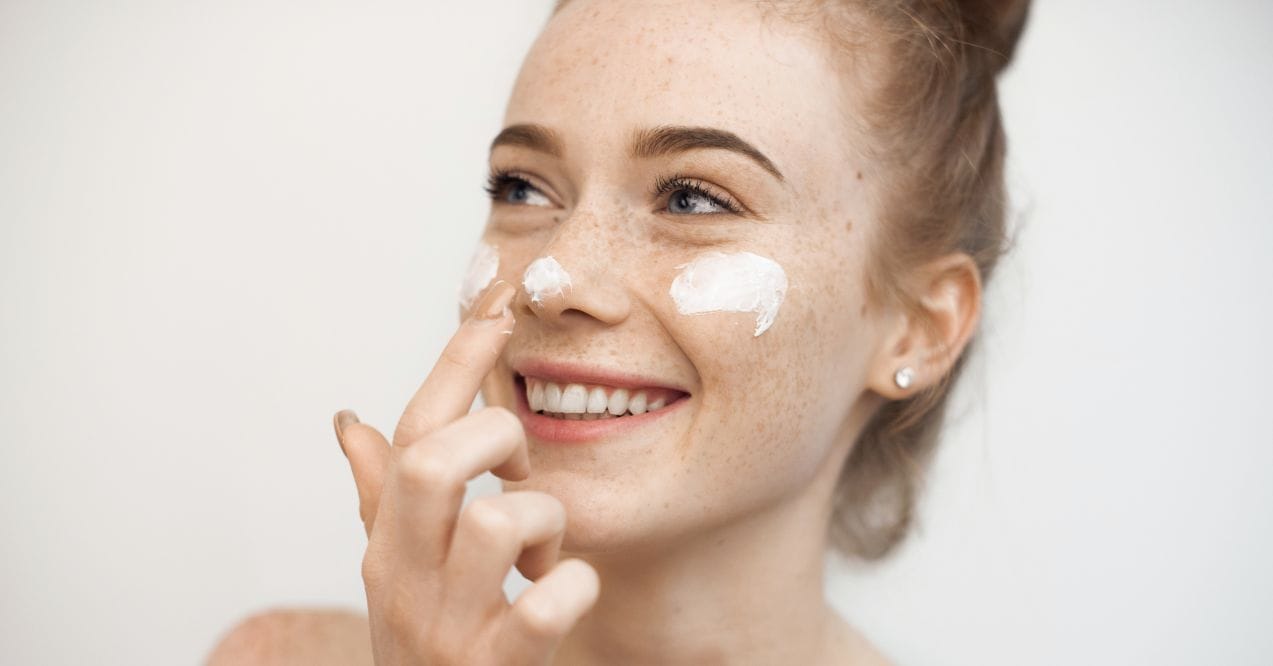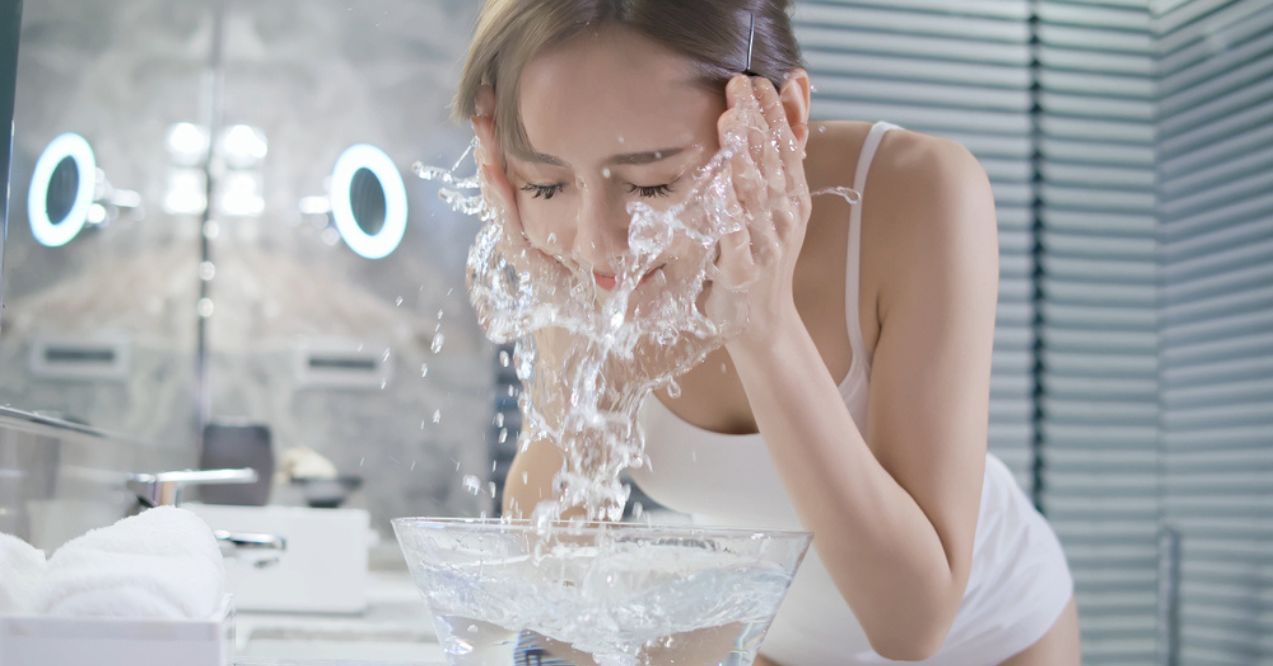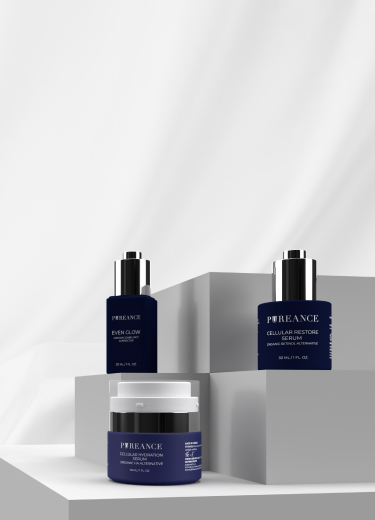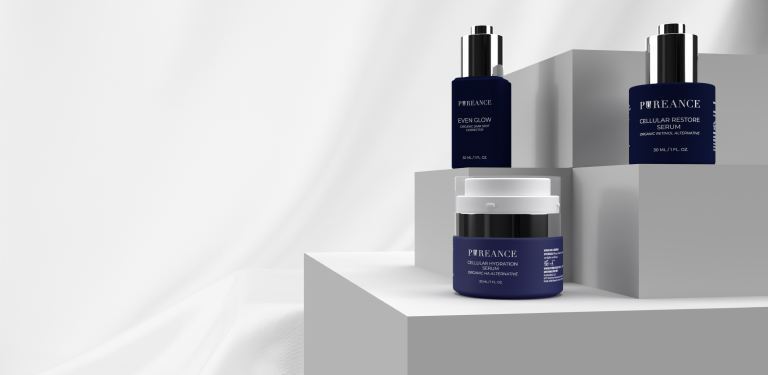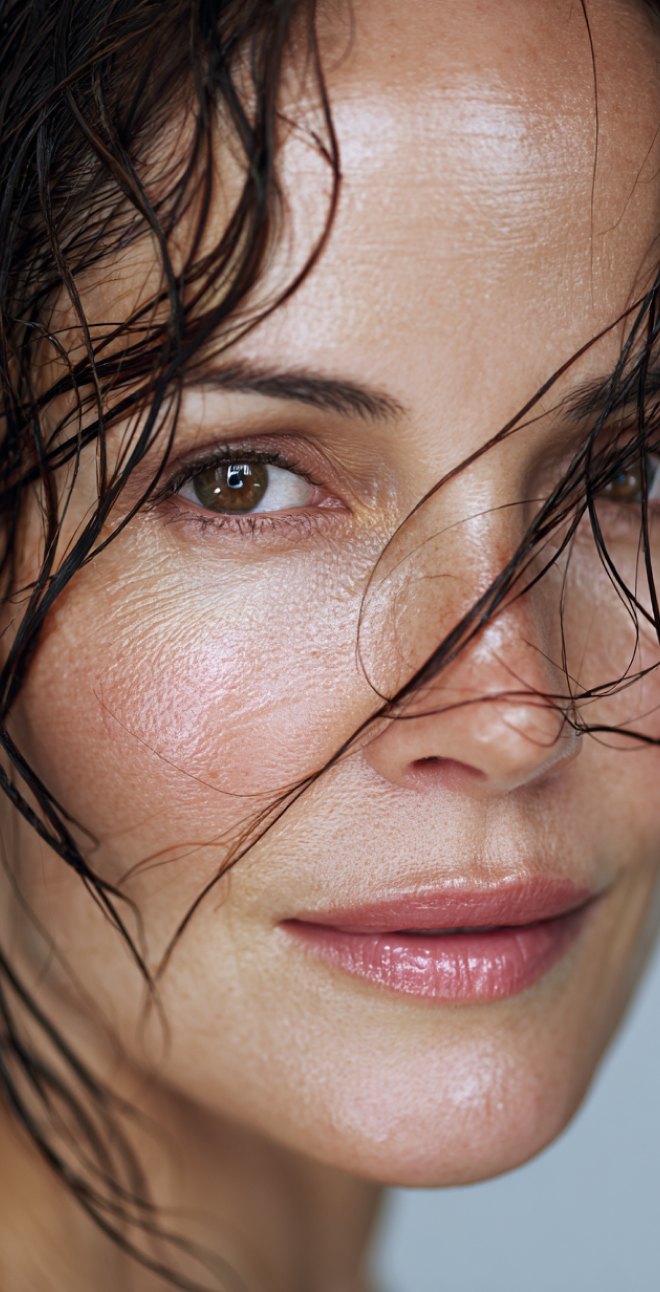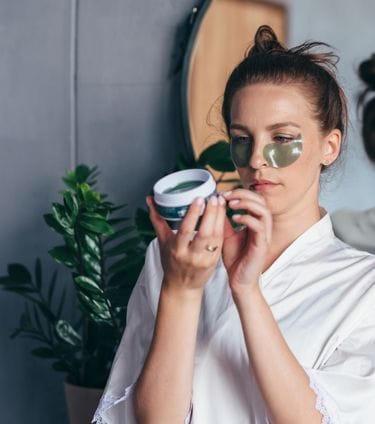


Skincare Label Secrets For A Healthier Planet And You
Earth Day offers us all a chance to think about how our daily choices affect the world around us. While we often focus on recycling or reducing energy use, our skincare routines also play a surprising role in environmental health. The products we apply each morning and night don’t just affect our skin—they impact our planet too.
Many women want to make better choices but feel lost in the sea of pretty packaging and marketing claims. The real story lies in those tiny ingredient lists that many of us skip over. By learning to read these labels, you’ll discover which products truly align with both your skin goals and environmental values.
Why Reading Skincare Labels Matters
What goes on your skin eventually makes its way into our water systems. Conventional skincare products often contain chemicals that don’t break down easily in nature. These ingredients may harm aquatic life and disrupt delicate ecosystems long after they’ve washed down your drain.
The skincare industry generates millions of tons of plastic packaging yearly, but the environmental footprint extends far beyond the containers. The actual ingredients inside—how they’re sourced, manufactured, and what happens after use—matter just as much.
When you take time to read labels, you take control of both your skin health and your environmental impact. You move from passive consumer to informed decision-maker.
How to Decode Skincare Labels Like a Pro
Reading skincare labels doesn’t require a chemistry degree.
Start with this simple fact: ingredients appear in descending order by concentration. The first five ingredients make up the bulk of any product.
Be wary of marketing buzzwords that sound eco-friendly but lack substance. Terms like “natural,” “clean,” and “green” have no standard definitions in the beauty industry. Instead, look for specific certifications that require strict standards:
- USDA Organic – Contains at least 95% organic ingredients
- EcoCert – Meets international standards for natural and organic cosmetics
- Leaping Bunny – Guarantees no animal testing
Many brands use “greenwashing”—highlighting one natural ingredient while hiding numerous synthetic ones. A quick way to spot this? If the celebrated ingredient (like “with organic aloe!”) appears at the end of a long ingredient list, it’s present in tiny amounts.
Try this quick method: scan the first and last five ingredients. The first five tell you what you’re mainly putting on your skin, while the last five often reveal preservatives and fragrance components that might cause irritation.
Ingredients to Avoid for Planet-Friendly Skincare

While shopping for skincare, watch out for these common ingredients that might harm both your skin and the environment. Many conventional products contain these substances that don’t easily break down in nature and may disrupt ecosystems. By avoiding these four key offenders, you’ll take a big step toward a more planet-friendly beauty routine.
Parabens
These preservatives (look for anything ending in -paraben) help products last longer on shelves. However, they can mimic estrogen in the body and have been detected in marine mammals and fish. Some studies link them to coral reef damage. Safer alternatives include naturally-derived preservatives like radish root ferment filtrate or honeysuckle extract.
Synthetic Fragrances
When you see “fragrance” or “parfum” on a label, it could represent dozens or even hundreds of undisclosed chemicals. Manufacturers aren’t required to list these specific ingredients. These mystery cocktails often contain phthalates, which accumulate in waterways and may harm reproductive health in wildlife. Products scented with essential oils or listed as “fragrance-free” offer cleaner alternatives.
Microplastics
These tiny plastic particles appear on labels as polyethylene or polypropylene. Once washed down drains, they’re too small for filtration systems to catch. Marine life mistakes them for food, causing internal damage and bringing toxins into the food chain. Look instead for products with natural exfoliants like jojoba beads or finely ground seed powders.
Silicones
Identified by names like dimethicone or any ingredient ending with -siloxane, these create that smooth, silky feeling in many products. The problem? They don’t biodegrade and can build up in aquatic environments. Plant oils and butters can provide similar slip and moisture without the environmental downside.
Better Ingredients for Your Skin and the Earth
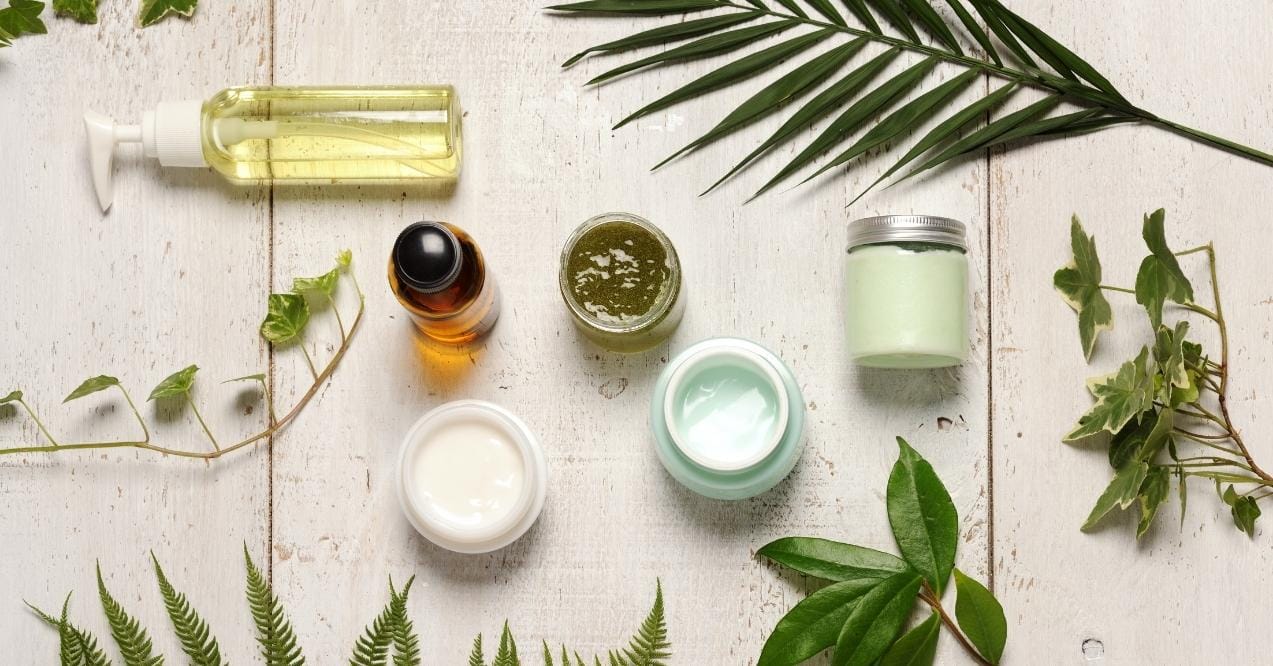
After learning what to avoid, let’s explore what to embrace in your skincare. The beauty of earth-friendly products lies in their simple yet effective ingredients that work with your skin’s natural processes. These ingredients not only deliver visible results but also return harmlessly to the environment after use, creating a beauty cycle that benefits everyone.
Plant-Based Oils and Butters
Nature offers powerful skincare solutions without the environmental baggage. Plant oils like jojoba, argan, and rosehip don’t just nourish skin—they’re renewable resources that biodegrade completely. These oils closely resemble your skin’s natural sebum, helping to balance moisture without clogging pores or leaving residue in waterways.
Naturally-Derived Acids
Some of the most effective skincare ingredients come from natural sources. Fruit-derived glycolic acid, milk-based lactic acid, and grain-derived phytic acid all offer gentle exfoliation without the harsh environmental impact of synthetic alternatives. Take the blend in Even Glow, our dark spot corrector. It combines these naturally-derived acids to gently exfoliate and even skin tone while breaking down fully in the environment after use.
Multitasking Vitamins
Niacinamide (vitamin B3) stands out as a particularly skin-friendly and planet-friendly ingredient. It helps fade dark spots, reduces redness, and strengthens the skin barrier. When combined with naturally-derived acids like those in Even Glow, it offers powerful results without ecological compromise. Other vitamins like C and E provide antioxidant protection while being fully biodegradable.
Sustainably Sourced Botanicals
Sustainable sourcing also matters. Look for brands that specify how and where they obtain ingredients. Fair trade and regeneratively farmed botanicals support both ecosystems and communities. Ingredients grown using organic methods help maintain soil health and biodiversity, extending your skincare’s positive impact far beyond your bathroom shelf.
Earth Day Special: Making the Switch to Planet-Friendly Beauty
Transitioning to more earth-friendly beauty doesn’t have to happen overnight. Start by replacing one product at a time as you run out of your current ones. Many women begin with daily essentials like cleansers or moisturizers.
For Earth Day, we’re making this switch easier with a 20% discount on our Even Glow organic dark spot corrector. This bestseller proves that effective skincare can also be environmentally thoughtful.
Small changes add up. If every woman swapped just one conventional product for a planet-friendly alternative, we’d significantly reduce the chemical load entering our water systems each year.
The Label-Reading Takeaway
Becoming label-savvy takes practice but quickly becomes second nature. Your skin and the planet benefit with each informed choice you make. This Earth Day, look beyond pretty packaging and marketing claims to the ingredient lists that tell the real story.
When we choose products mindfully, our daily skincare routines become small but meaningful acts of care—for ourselves and for the earth we share. Your beauty choices matter more than you might think.
Most women notice improved skin texture within 2-4 weeks. For specific concerns like dark spots (targeted by ingredients in Even Glow), expect visible improvements after 6-8 weeks of consistent use.
Yes! Modern natural formulations use concentrated plant actives and naturally-derived ingredients that match or exceed the performance of synthetic alternatives, without the environmental drawbacks.
Start by replacing one product at a time as you run out. Begin with daily essentials like cleansers or treatments you use most often, then gradually transition your entire routine.
This site offers health, wellness, fitness and nutritional information and is designed for educational purposes only. You should not rely on this information as a substitute for, nor does it replace, professional medical advice, diagnosis, or treatment. If you have any concerns or questions about your health, you should always consult with a physician or other health-care professional. Do not disregard, avoid or delay obtaining medical or health related advice from your health-care professional because of something you may have read on this site. The use of any information provided on this site is solely at your own risk.
Nothing stated or posted on this site or available through any services are intended to be, and must not be taken to be, the practice of medical or counseling care. For purposes of this agreement, the practice of medicine and counseling includes, without limitation, psychiatry, psychology, psychotherapy, or providing health care treatment, instructions, diagnosis, prognosis or advice.
